Diamond nano-particles, namely, nano-diamonds (NDs) with many promising physico-chemical properties, have been demonstrated to work as an effective antibacterial agent against planktonic cells (free-floating state).
Nanotechnology is being intensively explored nowadays to provide more efficient therapeutics as there is a constant increase in antibiotic resistance. The complex microbial communities which are the main cause for oral infections show particularly high resistance to conventional antibiotics.

In a journal article published in Biomaterials Science ("Biofilm inhibition in oral pathogens by nanodiamonds"), scientists from the Faculty of Engineering and the Faculty of Dentistry of the University of Hong Kong (HKU) revealed for the first time the inhibitory effect on oral pathogenic biofilms by high-pressure high-temperature (HPHT) nano-diamonds.
In particular, they uncovered the role of NDs in inhibiting biofilm formation and their disrupting effect on preformed biofilms in several selected orally and systemically important organisms.
“Nano-materials are the hot topic in current materials science as these ultra-small particles can effectively penetrate into microorganisms and can also be used to carry a wide variety of drugs. Our research showed that these ultra-small nano-diamonds can manipulate genetic mechanisms in the pathogens and prevent their attachment to any surface, hence inhibiting biofilm formation in the oral cavity,” explained Dr Chu and Dr Neelakantan.
“The results of this exciting study demonstrated the great potential of NDs as an alternative therapeutic platform to prevent and treat oral infections. NDs possess many promising features including excellent biocompatibility and flexible surface properties. They are also proven to be very safe for humans. Our work will promote a better mechanistic understanding of NDs on oral pathogens, paving the way for their clinical and translational applications,” they added.
Since fungal cells are very similar to human cells, developing antifungal agents that are not harmful to humans has always been a major challenge. In such situations, studies like this shows promises a better future for dental medicine.

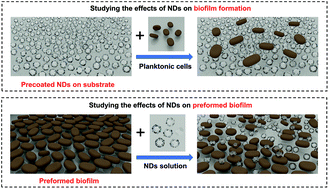
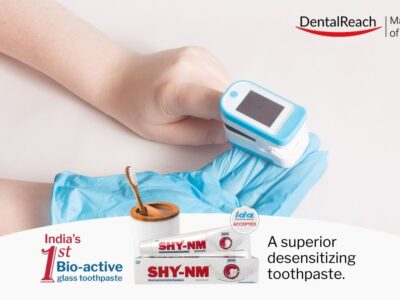
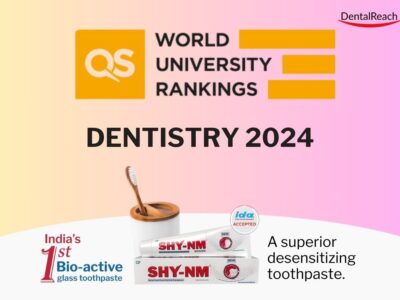
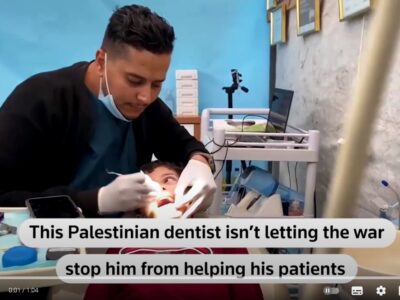

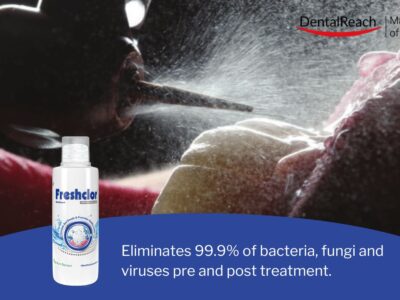
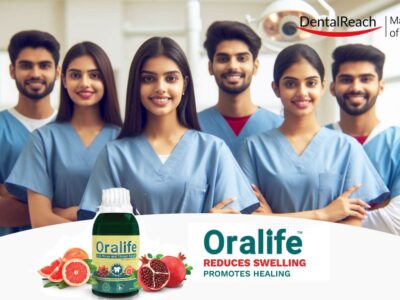









Comments